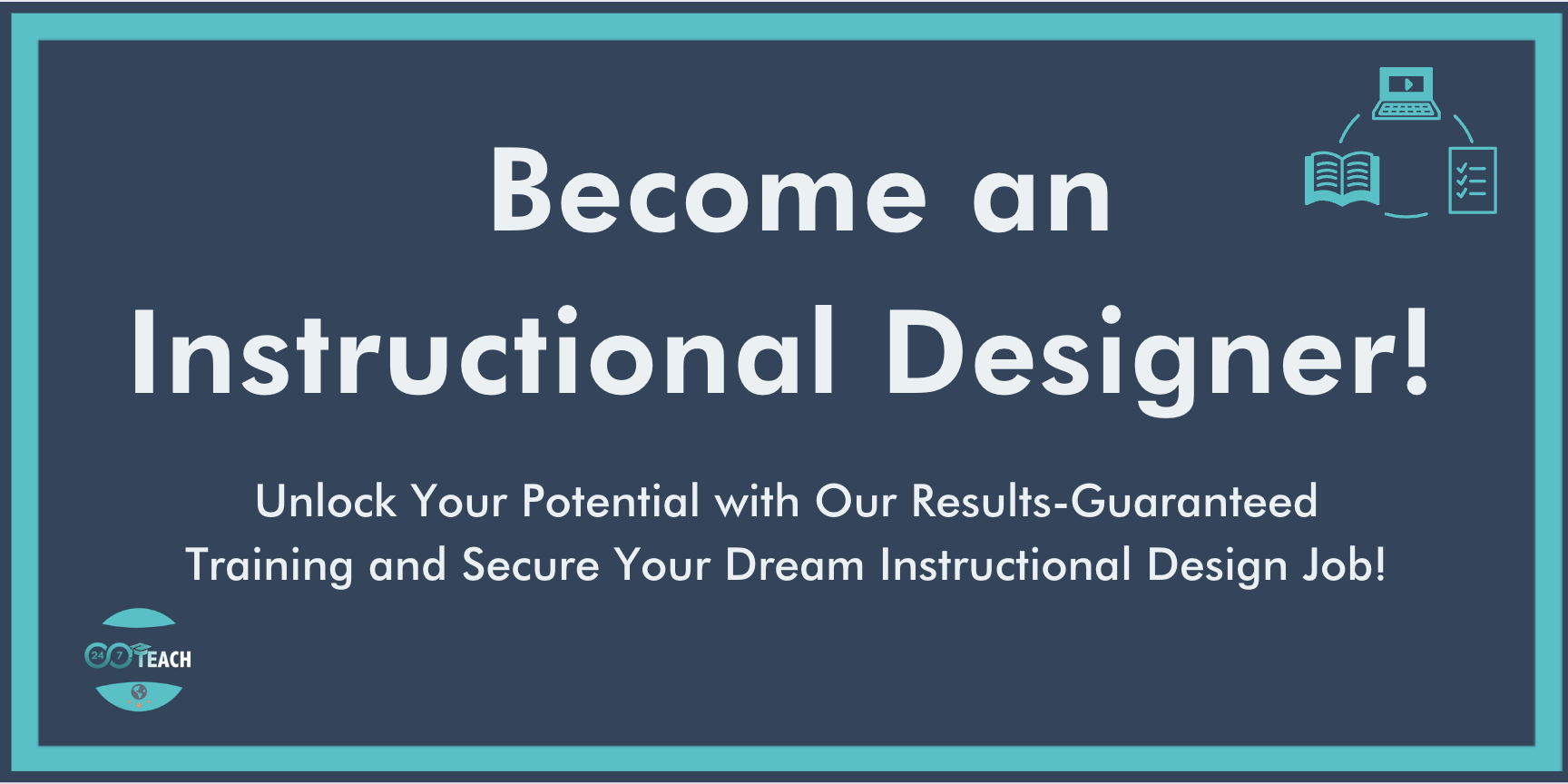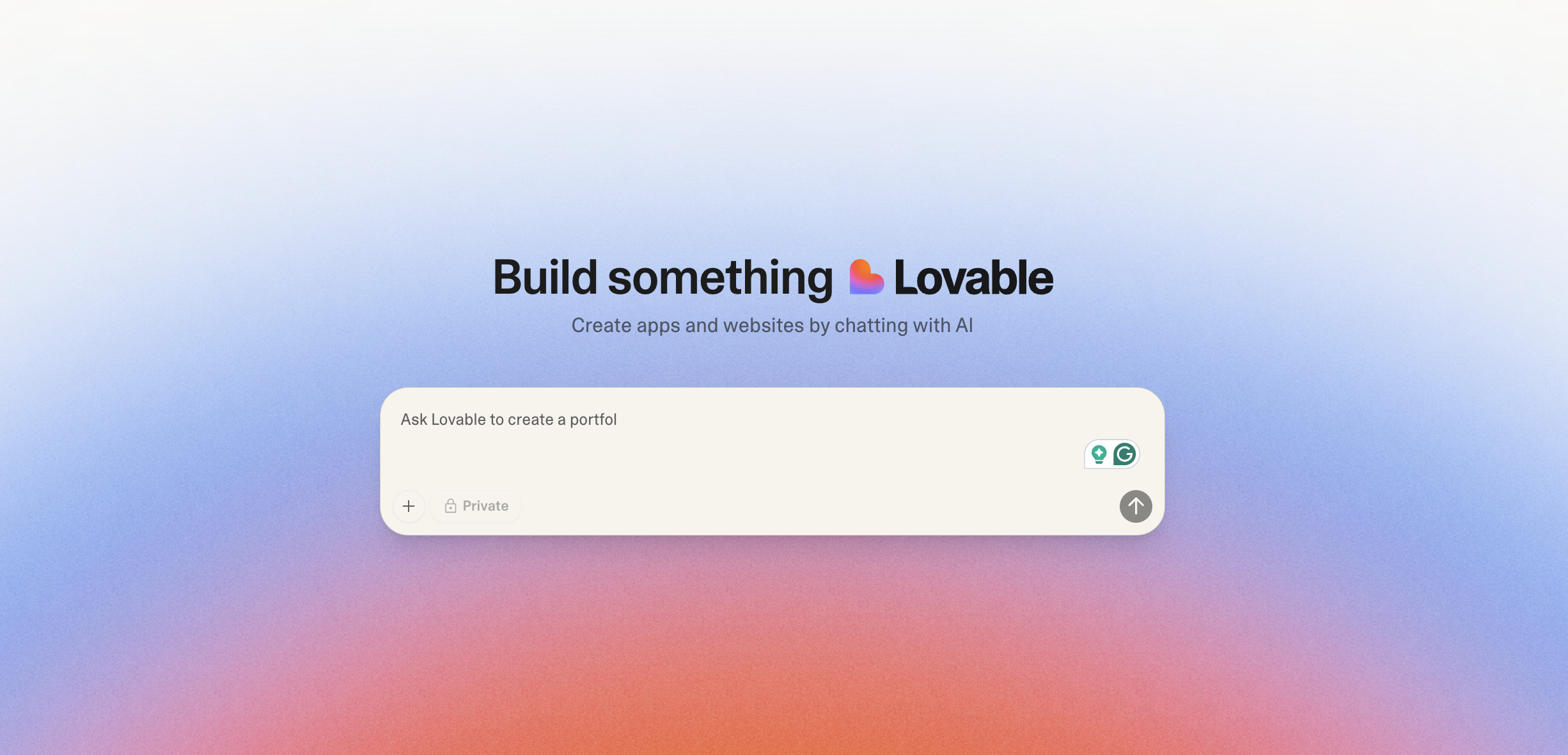Navigating the Needs Analysis in Instructional Design: A Comprehensive Guide
By Anthony Miller
Instructional Designer and Hiring Manager
Prefer to listen to this post? Click below.
Needs Analysis in Instructional Design:
The journey of creating impactful and effective learning experiences begins with a crucial step: the needs analysis. This foundational phase in the instructional design process allows designers to uncover the real gaps between the current state of learners' knowledge or skills and the desired outcomes. A thorough needs analysis not only informs the direction of the instructional design but also ensures that the learning interventions are relevant, targeted, and capable of achieving the intended educational goals. In this comprehensive guide, we will explore the steps involved in completing a needs analysis, offering insights and strategies to enhance the effectiveness of your instructional design projects.
Understanding Needs Analysis:
Needs analysis, at its core, is a systematic process for identifying and analyzing the learning needs of an audience. It serves as a diagnostic tool that helps instructional designers develop a deep understanding of their learners, the context in which learning will occur, and the specific objectives that the educational program aims to achieve. By conducting a needs analysis, designers can tailor their instructional strategies to address the unique requirements of their learners, thereby maximizing the impact of the educational experience.
The Importance of Needs Analysis:
Skipping the needs analysis can lead to misaligned learning objectives, irrelevant content, and instructional strategies that fail to engage or meet the learners' actual needs. In contrast, a well-conducted needs analysis:
Ensures that the instructional design is learner-centered and goal-oriented.
Helps in allocating resources efficiently by focusing on priority areas.
Facilitates the alignment of learning objectives with organizational or educational goals.
Increases the likelihood of the educational program's success by basing decisions on data and evidence.
Step-by-Step Guide to Conducting a Needs Analysis:
Completing a needs analysis involves several key steps, each contributing to a comprehensive understanding of the learning requirements. Here's how to navigate these steps effectively:
Step 1: Define the Scope and Objectives
Begin by clearly defining the scope of the needs analysis. Understand the broader educational or organizational goals that the learning program aims to support. Establish specific objectives for the needs analysis itself, such as identifying skill gaps, understanding learner characteristics, or assessing the effectiveness of existing training programs.
Step 2: Gather Data
Data collection is a critical component of the needs analysis. Utilize a variety of methods to gather comprehensive information about your learners and the learning context
Surveys and Questionnaires: Deploy surveys to collect quantitative and qualitative data from potential learners, instructors, and stakeholders.
Interviews and Focus Groups: Conduct interviews and focus group discussions to gain deeper insights into the learners' needs, preferences, and challenges.
Observations: Observe learners in their work or educational environments to identify performance gaps and contextual factors that influence learning.
Document Analysis: Review existing documentation, such as performance reviews, educational records, or curriculum guidelines, to identify learning needs and objectives.
Step 3: Analyze the Data
With the data in hand, the next step is to analyze it to identify patterns, trends, and specific needs. Look for discrepancies between the current state of learner knowledge or skills and the desired outcomes. Use this analysis to pinpoint the specific areas where instructional interventions are needed.
Step 4: Identify Learning Objectives
Based on the needs identified in the analysis, develop clear and measurable learning objectives. These objectives should directly address the gaps uncovered during the needs analysis and guide the creation of the instructional content and strategies.
Step 5: Prioritize Needs
Not all identified needs will have the same level of urgency or impact. Prioritize the learning needs based on factors such as the potential for improvement, alignment with goals, and resource availability. This prioritization helps in focusing the instructional design efforts on areas that will have the greatest impact.
Step 6: Develop a Plan
With the needs and objectives clearly defined and prioritized, develop a detailed plan for the instructional design project. This plan should outline the instructional strategies, content, technologies, and assessment methods that will be used to address the identified needs. It should also include timelines, responsibilities, and resource requirements.
Step 7: Validate and Refine
Before proceeding with the full-scale development of the learning program, validate your findings and plans with stakeholders and potential learners. Use their feedback to refine your needs analysis and instructional design plan, ensuring that it accurately reflects the learning requirements and is positioned for success.
Best Practices for Effective Needs Analysis:
To maximize the effectiveness of the needs analysis process, consider the following best practices:
Engage a Diverse Range of Stakeholders: Include perspectives from all relevant stakeholders, including learners, educators, administrators, and industry experts, to ensure a holistic understanding of the needs.
Use Mixed Methods for Data Collection: Combining quantitative and qualitative data collection methods provides a more comprehensive view of the learning needs.
Be Objective and Data-Driven: Base your analysis and conclusions on the data collected, avoiding assumptions or biases.
Continuously Iterate: Needs analysis is not a one-time activity. Continuously collect and analyze data to refine and adjust your instructional design as needed.
Conclusion: The Foundation of Effective Instructional Design
A thorough needs analysis is the cornerstone of effective instructional design. By systematically identifying and analyzing the learning needs of your audience, you can create educational programs that are relevant, impactful, and aligned with both learner requirements and organizational goals. This guide provides a roadmap for conducting a comprehensive needs analysis, ensuring that your instructional design efforts are grounded in a deep understanding of your learners' needs and the context in which learning occurs. As you navigate the complexities of instructional design, let the needs analysis be your guide, leading you to develop learning experiences that truly make a difference.
Discussion Question:
Join the conversation and participate with the 24/7 Instructional Design community by answering the DQ in the comment section below:
Reflect on a learning program or course where you either participated as a learner or were involved in its design. Considering the steps outlined in the guide for conducting a thorough needs analysis, discuss how a well-executed or missed needs analysis impacted the effectiveness of the learning experience. In your discussion, address specific aspects such as the alignment of learning objectives with learner needs, the relevance of content, and the engagement strategies employed. How could the insights from the needs analysis have been better utilized to enhance the learning experience?
Need Guidance on Navigating the Shift to Instructional Design?
Before You Go...
Discover the Unmatched 24/7 Teach Experience:
Our Instructional Design bootcamps and career coaching services have a 100% success rate. We redefine learning by immersing you in practical, hands-on projects, ensuring you acquire vital professional expertise while making a meaningful difference in your community.
Unlock your true potential today with 24/7 Teach and invest in your future.











